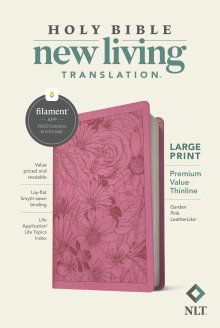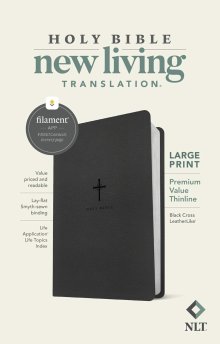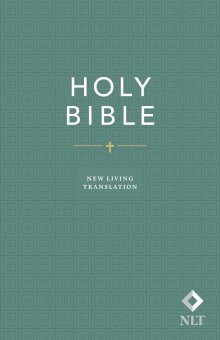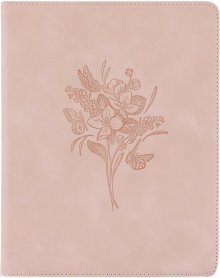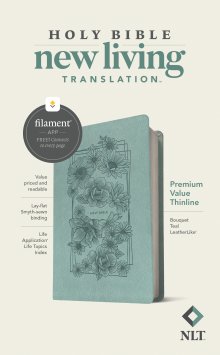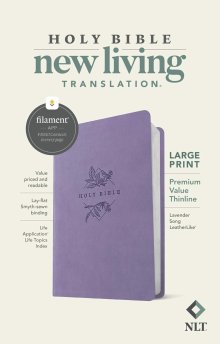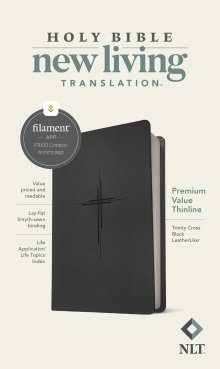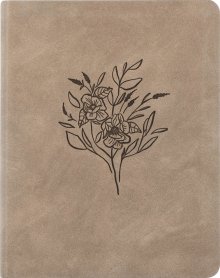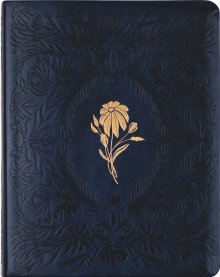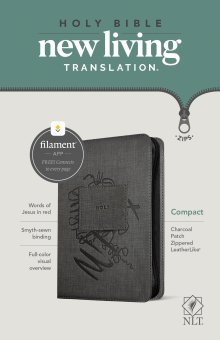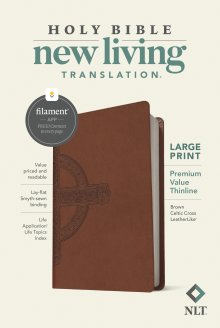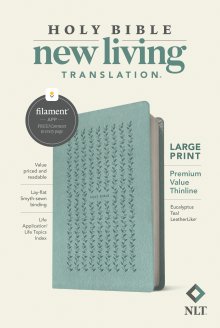CSB vs. NLT: Which Bible Translation is Best for You?
The Editor

When choosing a Bible, the sheer number of options can be overwhelming. You want a translation that is faithful to the original text, but also one that you can actually understand and enjoy reading. Two of the most popular choices that fit this description are the New Living Translation (NLT) and the Christian Standard Bible (CSB).
Both are praised for their clarity and modern English, but they approach the scriptures from different angles. One leans heavily into readability, while the other seeks a fine-tuned balance. So, which one is right for your bookshelf? Let's dive in.
In short:
The main difference between the CSB and the NLT is their balance of accuracy and readability: the CSB (Christian Standard Bible) uses "Optimal Equivalence" for a more literal reading experience suited to study, while the NLT (New Living Translation) is a "thought-for-thought" version prized for its warm, natural language, making it ideal for devotional reading.
The Story Behind the Bibles
The NLT Story
The New Living Translation has its roots in a project to revise The Living Bible, a popular paraphrase. However, the team of 90 evangelical scholars quickly realised a more thorough revision was needed. Their goal was to create a translation that was both exegetically accurate and idiomatically powerful. First published in 1996 and revised in 2004, the NLT was created to be exceptionally easy to read and understand, translating the original meaning of the text into the natural, everyday English we speak today.
The CSB Story
The Christian Standard Bible (CSB) is a newer translation, published in 2017 as a thorough revision of the Holman Christian Standard Bible (HCSB). An international team of over 100 scholars from 17 denominations worked together with one goal in mind: creating a translation that achieves an "optimal balance" between faithfulness to the original words and the clarity of modern English. The CSB was designed from the ground up to be a Bible that is trustworthy for serious study, yet easy to read for daily devotion.
Translation Philosophy: Capturing the Meaning
The core difference between the NLT and the CSB lies in their approach to translation. This is often described as a scale from "word-for-word" to "thought-for-thought".
- Thought-for-Thought (Dynamic Equivalence): This method focuses on translating the original meaning and intent of the passage into natural, modern language. The goal is for the text to have the same impact on today's reader as it did on the original audience. The NLT is a prime example of a thought-for-thought translation.
- Optimal Equivalence: This is the philosophy unique to the CSB. It seeks to find the perfect middle ground. The translators aimed to be as literal as possible to the original text whenever the English was clear, but to prioritise clarity and readability when a literal translation would be confusing or awkward. It's more literal than the NLT, but more readable than a strict word-for-word version.
Seeing the Difference: Verse Comparisons
There's no better way to understand the difference than to see the translations side-by-side.
Ephesians 2:8-9
- NLT: "God saved you by his grace when you believed. And you can’t take credit for this; it is a gift from God. Salvation is not a reward for the good things we have done, so none of us can boast about it."
- CSB: "For you are saved by grace through faith, and this is not from yourselves; it is God’s gift—not from works, so that no one can boast."
Here you can see the NLT's approach very clearly. It breaks down the concepts into shorter, more explanatory sentences ("And you can't take credit for this..."). The CSB stays closer to the sentence structure of the original Greek while still being perfectly clear.
2 Timothy 2:15
- NLT: "Work hard so you can present yourself to God and receive his approval. Be a good worker, one who does not need to be ashamed and who correctly explains the word of truth."
- CSB: "Be diligent to present yourself to God as one approved, a worker who doesn’t need to be ashamed, correctly teaching the word of truth."
The NLT uses phrases like "Work hard" and "correctly explains" to make the text accessible. The CSB uses the more traditional "Be diligent" and "correctly teaching," which is a more direct translation of the original terms.
Psalm 1:1
- NLT: "Oh, the joys of those who do not follow the advice of the wicked, or stand around with sinners, or join in with mockers."
- CSB: "How happy is the one who does not walk in the advice of the wicked or stand in the way of sinners or sit in the seat of mockers."
This example shows how close they can be. Both are clear and poetic. The CSB retains the classic "walk," "stand," and "sit," while the NLT opts for more contemporary phrasing like "stand around" and "join in with."
Key Differences at a Glance

Which Translation is Best for You?
Choosing between these two excellent translations comes down to your personal goals and preferences.
Choose the NLT if:
- You are a new Christian or reading the Bible for the first time.
- Readability is your absolute top priority.
- You want a Bible primarily for personal devotion and getting the big picture of God's story.
- You are looking for a great Bible to read aloud.
Choose the CSB if:
- You want a translation that is easy to read but also suitable for deeper study.
- You appreciate a translation that stays a little closer to the original wording and structure.
- You want a single, versatile Bible for all aspects of your Christian walk, from the pew to your personal quiet time.
The main difference between the NLT and the CSB is their translation approach: the NLT is a thought-for-thought translation focused on maximum readability, while the CSB is an "optimal equivalence" translation that balances readability with faithfulness to the original wording.
Both the NLT and CSB will help you hear God's voice clearly through His Word. They are modern, trustworthy, and have been used by God to change countless lives. The best choice is the one that you will pick up and read most often.
Ready to explore more?
You can find our full range of NLT Bibles here and our fantastic collection of CSB Bibles here.
Still not sure which Bible is right for you? You can learn more in our complete, free 97-page ebook, 'How to Choose Your Bible'.
Latest Blogs
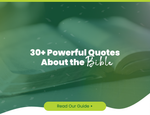
Bible
30+ Powerful Quotes About the Bible (For Inspiration in 2026)
Looking for inspiration? Discover a curated collection of the most powerful quotes about the Bible, from famous historical figures to modern theologians and Scripture itself.
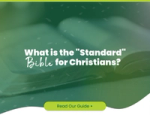
Bibles
What is the "Standard" Bible for Christians?
Is there an "official" Bible that all Christians use? We explain the difference between the NIV, KJV, and ESV, and help you find the standard text for your church or personal reading.

Bible
"I Keep Failing to Read the Bible" – 5 Tips to Make the Habit Stick
Do you start a Bible reading plan only to quit a few weeks later? Stop the cycle of guilt. Here are 5 psychological tips and practical changes to help you build a Bible habit that actually lasts in 2026.

Bible
Where to Start Reading the Bible (5 Great Books for Beginners)
Confused about where to start reading the Bible? Don't start at page one! Here are the 5 best books for beginners to start with, from the action of Mark to the wisdom of Proverbs.

Bible
How to Start Reading the Bible for the First Time
Feeling overwhelmed by the Bible? You are not alone. Here is a simple, jargon-free guide on where to start, which translation to choose, and how to make sense of it all.

Bible
How to Read the Bible in a Year (A Simple 15-Minute Daily Plan)
A practical breakdown showing that reading the entire Bible in a year requires only 15 minutes a day, with tips on how to fit this simple habit into your daily routine.

